The surf industry is quite used to teetering on the edge of apocalypse.
Mass layoffs, bankruptcies, team-riders slashed; these stories regularly come across our desks, virus or no virus. However, there’s no doubt this current round of chaos represents a brutal blow that will be particularly difficult to bounce back from.
Most of the big brands have furloughed their staff, shut all their stores and taken a scythe to salaries and surfer contracts. Even more traditionally profitable arms of the industry, like travel operators and surf camps, are suffering big time. Across the world from Portugal to Australia, beaches are closed and surfing is banned. Bali is on lockdown and the tourist visa programme suspended. The Mentawais have blocked any passenger vessels from departing its ports. Across Central and South America, which were just coming into surf season, gun-toting police have been cracking down hard on anyone attempting to enter the lineup.
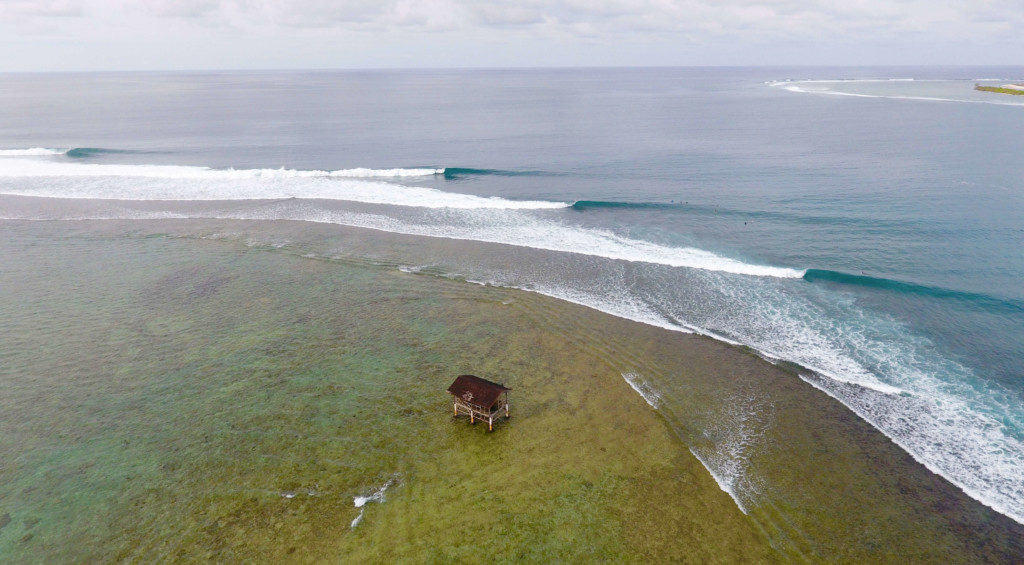
For the first time in decades, Mentawais lineups are almost completely empty. Photo Macaronis Resort
For many of these places, tourism, and specifically surf tourism, serves as a vital source of income for locals. In Bali for example, visitor spend makes up 85% of the economy and with no social security to speak of, the situation looks bleak.
Hopefully, tourist reliant economies, along with shapers, surf shops and travel companies can weather the storm and make it through to the other side, safe in the knowledge people will still need surf gear and still crave perfect waves when all of this is over. Whether folk will ever go back to buying expensive branded boardshorts and tees, however, seems far less certain.
If this is the final rasp of the already struggling surf brands, it’s worth considering what surf culture might look like without them in it.
Perhaps we’d follow in the footsteps of our prone wave riding brethren. After a few decades of economic boom, the wheels first came off the bodyboarding industry in the early 90’s with a brief resurgence in the naughts and an even harder crash in 08. Surf companies axed their bodyboarding teams and advertising money dried up. The bodyboard mags duly shuttered. The tour limped on for a while with single-event seasons, but never thrived. All but the very top pro-bodyboarders lost their salaries.
After that, the sport was forced underground. Only the most dedicated and talented practitioners pushed on, continuing to pioneer new waves and manoeuvres. Untainted by corporate cash and free of egos chasing paycheques, a new purity blossomed in the scene. Posers vanished. Perfume and SUV brands steered well clear.
“Their vibes are really cool, just super laid back,” Craig Ando said recently of the bodyboard crew who frequent the slabs of South Aus. “Their etiquette and manners are flawless, they’re easy-going and at the end of the day they just want to surf fun uncrowded waves with their pals. I guess there isn’t a ton of money in their industry, thus stripping it back to basics. There’s no ego, they just do it for the love.”
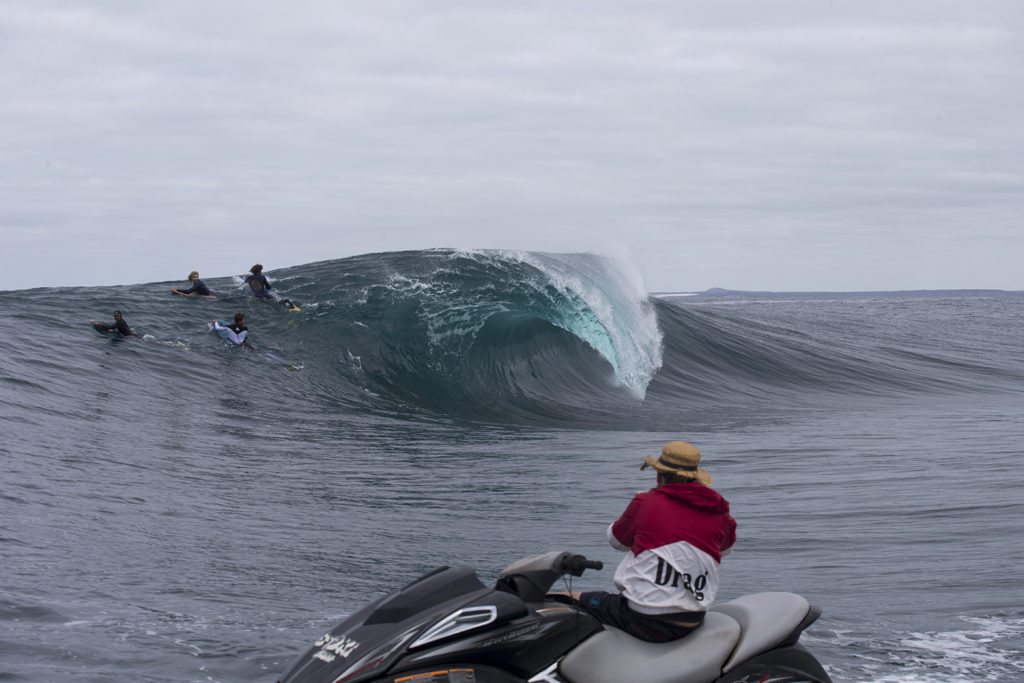
Drag Board Co has emerged from the ashes of the bodyboard industry to have a crack at creating something totally new. Photo Drag
More recently, the hole left by big brands and mags opened the door for smaller ones, run by actual surfers and not bean-counters looking to make a buck and move on. A small, purist-led, grass-roots resurgence seemed in the offing.
So could we see the same in surfing? Probably not.
Firstly, the image of stand-up wave riding is more inherently marketable to the mainstream than that of bodyboarding. And while the trendy glow might diminish a little without big brands pumping millions into marketing their riders, it’s unlikely there would be a brand exodus big enough for surfing’s image to totally rot away and be reshaped by the core in the way bodyboarding’s has.
What’s more likely is that we’ll end with a stripped back version of what we’ve already got. A tour comprising only events that can call upon non-surf brand sponsorship, like energy drinks, beer and tourism boards. A few big wave comps, maybe, and the Red Bull airborne. Plus a few small wave grovels in Aus and the US, near a central business district.
There’ll be less full-time sponsored surfers and more taking short-term endorsement deals with non-surf brands. More surfer slash influencers on your feeds. More videos of shredded shredders draped over whatever product they’re selling that day, with a quick cutaway action shot, featuring shitty waves. Because who in the city-based production team knew you couldn’t just turn up on the shoot day and get good ones?
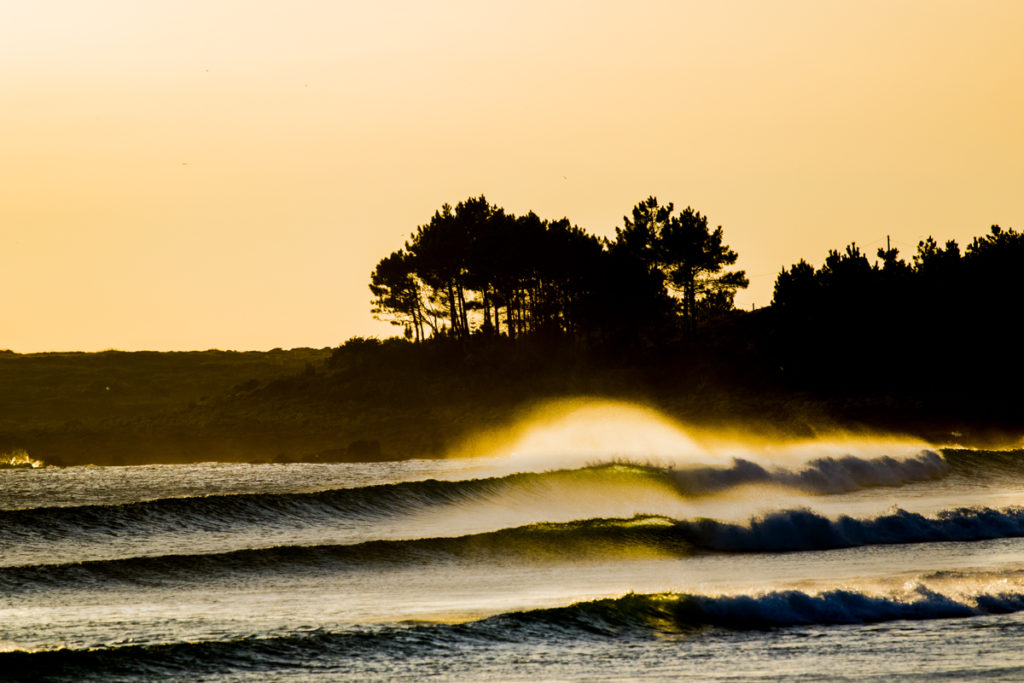
One thing’s for certain; the waves will roll on regardless. Photo @lugarts
Of course, unless you work in the industry, you might not be the least bit bothered by all this. You’ll still go surfing just as you have done. There’ll still be wetties and wax when you need them. Sure, you’ll probably have to start paying for surf films again. But do you really care that your favourite surfer won’t have a sticker anymore? Or that the brands, events and films that have shaped surf culture over the last three decades might just suddenly cease to be? Or do you simply shrug and say, “well, much worse things have happened at sea”?

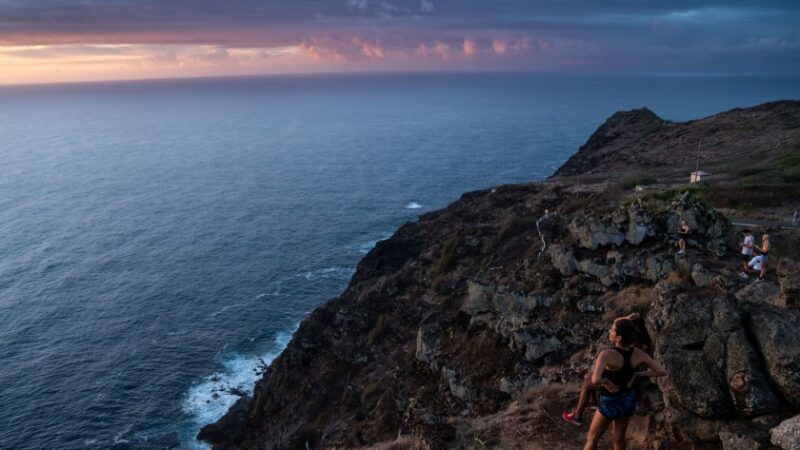
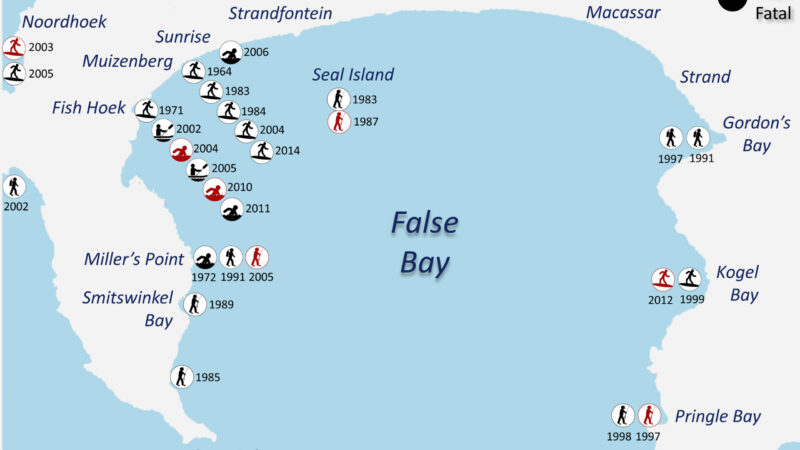

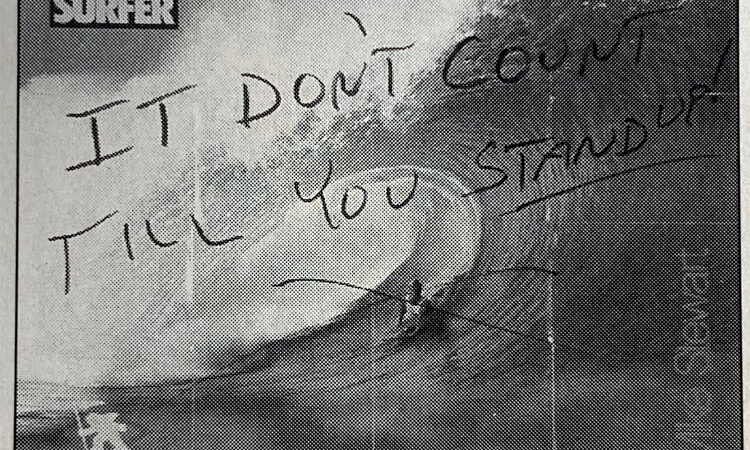
Recent Comments